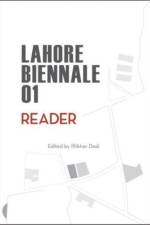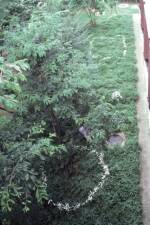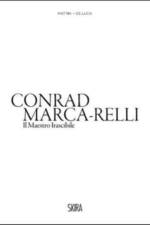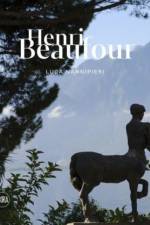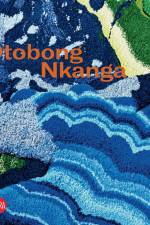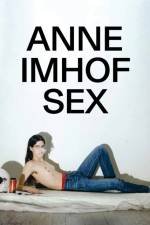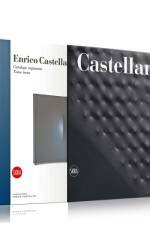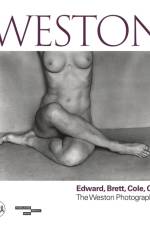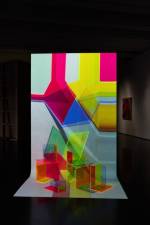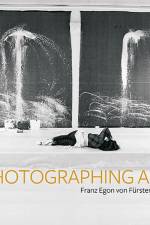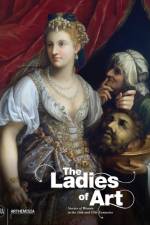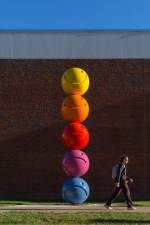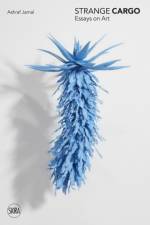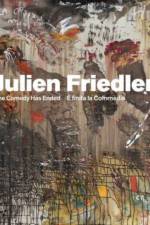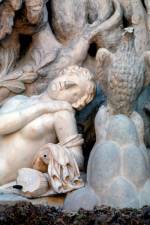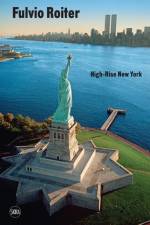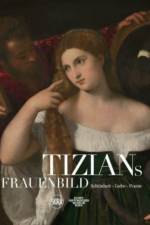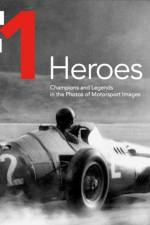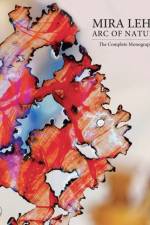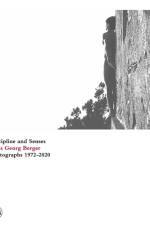461
Photographing Art presents a selection of photographs taken by the Mexican-German photographer between 1974 and 2018. An unmissable testimony of the world of contemporary art, with its emotions, relations, moments of joy and hard work, the encounters, the connections, and the sense of being part of a community lined with an artist's creative solitude. These are the contents and themes emerging from the pages of this book, a publication that is a testimony to its time, with its artistic expressions and everchanging trends. Photo-moments overlooked by news, media, art catalogues, and history of art, but immortalized by a close observer of the evolutions of contemporary research also thanks to his wife, the curator Adelina Cüberyan von Fürstenberg who can be credited for some of the most significant moments of international art. With his camera Egon witnessed what was going on in the art world but not from an institutional angle, capturing the facade, but immortalizing the spirit that made art and artists thrive. Attentive to every idea, detail or movement, every anticipated or unexpected moment, Franz Egon von Fürstenberg's camera captured the instant, the fleeting moment when a person feels free and natural, not framed or posing as a celebrity. The pictures in the book depict several artists, many of whom are among the most interesting personalities of our time, such as Andy Warhol, Joseph Beuys, Marina Abramovic, Jannis Kounellis, Mario and Marisa Merz, Chen Zhen, Ilya and Emilia Kabakov. Born in 1939 in Berlin, Franz Egon von Fürstenberg worked as assistant to designer Pierre Cardin in Paris and then to photographer Alain de Ferron in Geneva, where he met and married his lifelong companion Adelina Cüberyan. Over the years he collaborated with many artists and several art spaces around the world and his photos have been published in magazines, papers and art catalogues. His archives are a source of inestimable memories helping us understand the origins of those encounters, exhibitions, connections and developments that have unfolded throughout the generations over the course of four decades, giving rise to our present contemporary art world.

